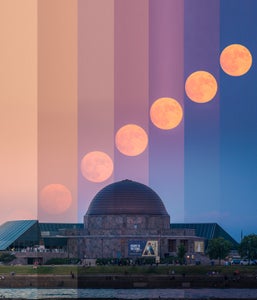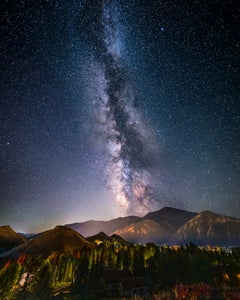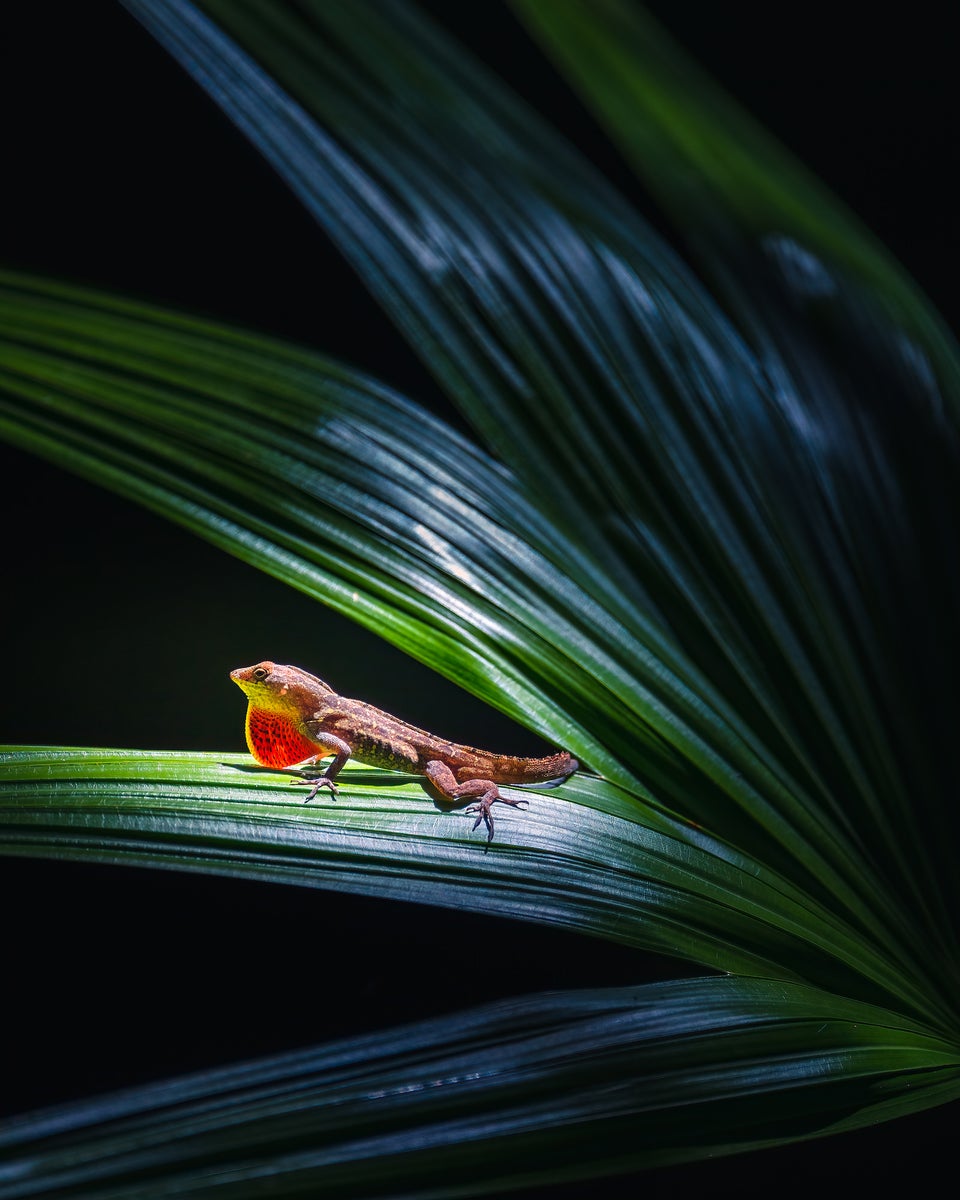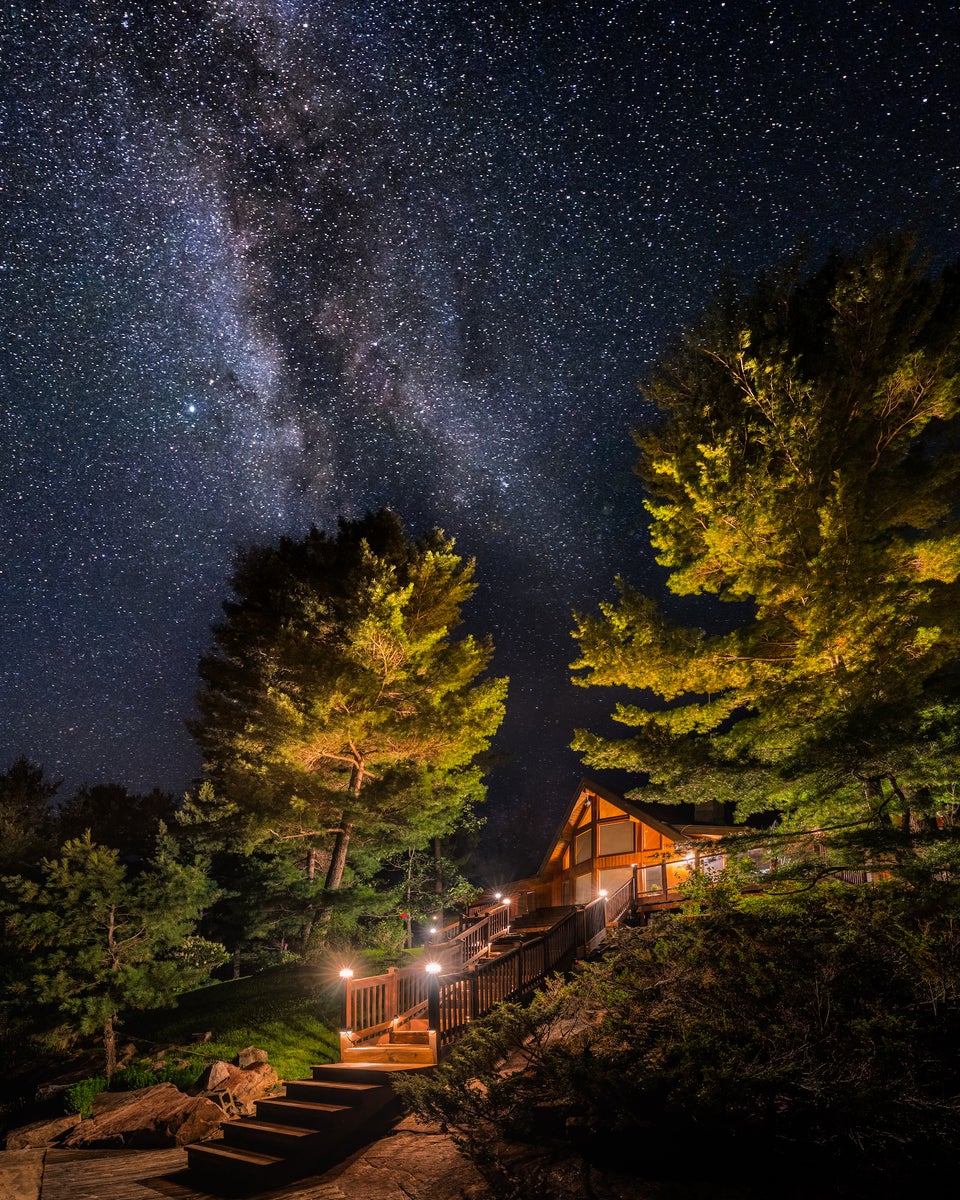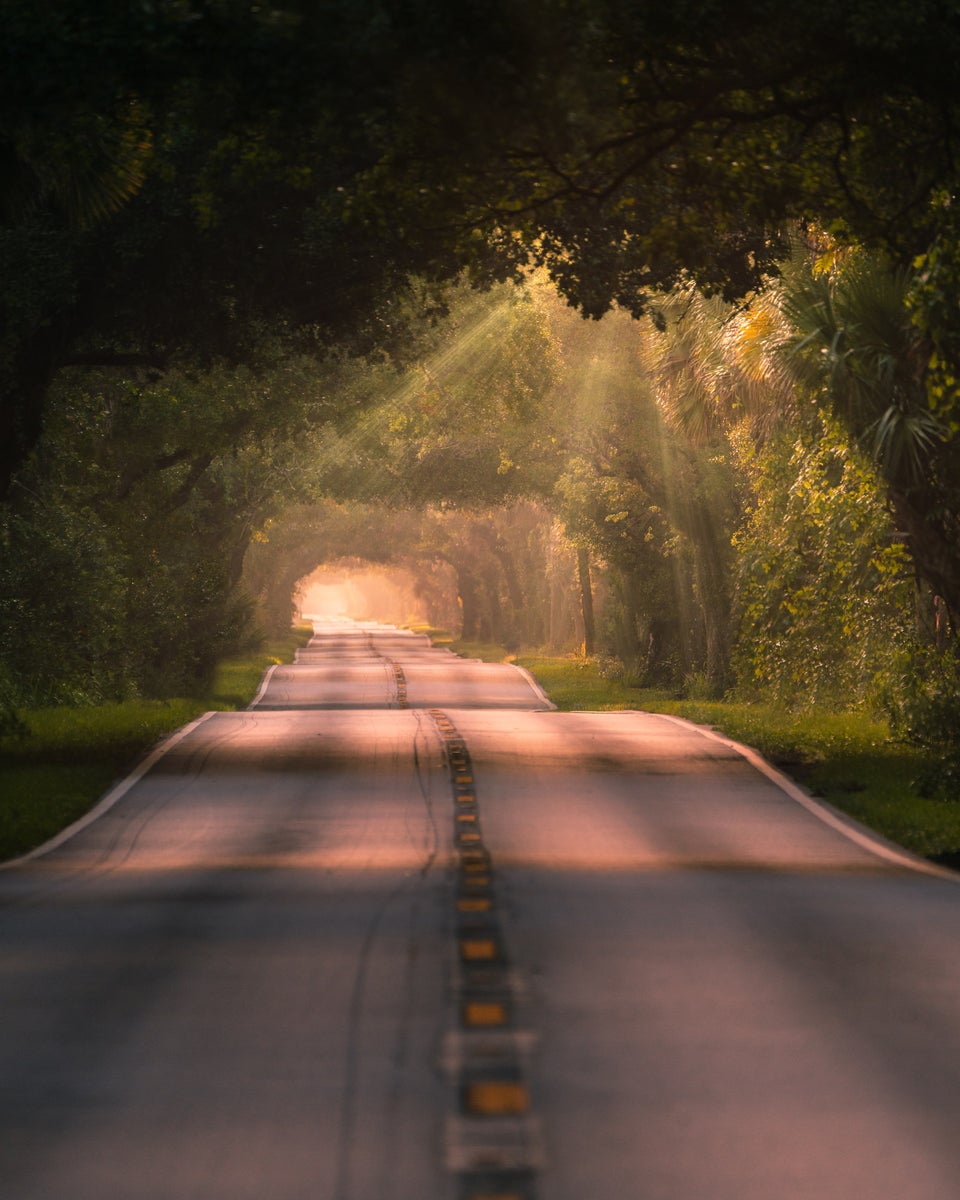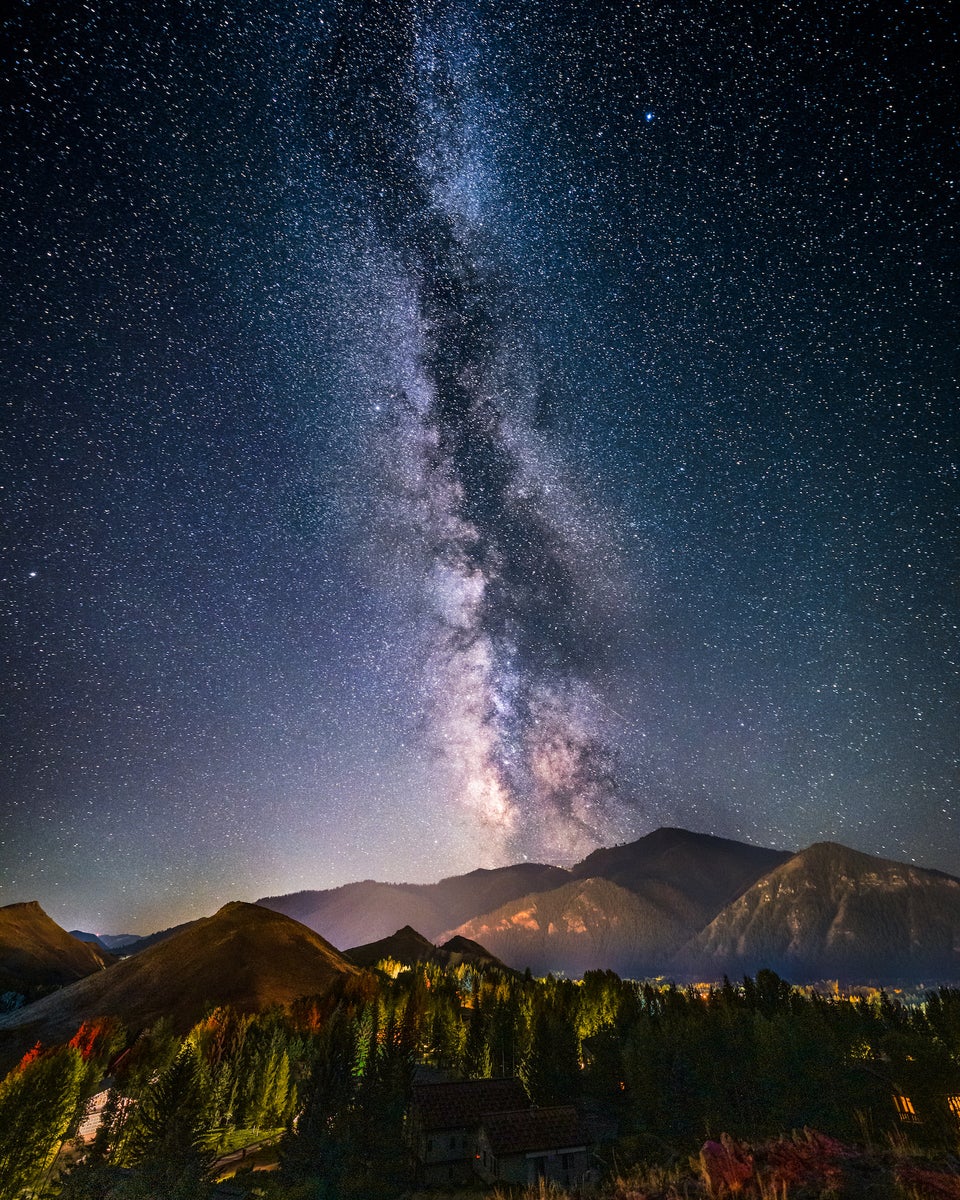Whether it's photographing or making a timelapse of the grandeur of a bustling cityscape, the tranquility of a natural landscape, the vibrancy of street life, or the occasional portrait, Mike Meyers (@mmeyers76) does it all. “My bag is the result of a constant battle between the fear of not having the right gear for a shot, and trying to pack light. Packing light never wins,” he says. From his workhorse Sony Alpha 1 to his quiver of G Master zooms and other essential pieces of gear we get a tour of his bag and how he uses his kit for capturing, well, a little bit of everything.

“My bag is the result of a constant battle between the fear of not having the right gear for a shot, and trying to pack light. Packing light never wins.” Mike Meyers
Cameras
Sony Alpha 1: I added this body to my kit in March of 2021, shortly after it was released, and over two years later I cannot say enough about how impressed I still am by it. Between the 30fps burst shooting for wildlife/sports/action, the 4k 120 video, 50.1MP sensor to get super-detailed results from all my landscape photos, lightning-quick AF, great low-light performance – the list is endless. This camera is stupid good. I’m sure at some point down the road I’ll upgrade to something else amazing that Sony comes out with – but if someone told me this would be the only camera I could own for the rest of my life, I would be completely fine with it.
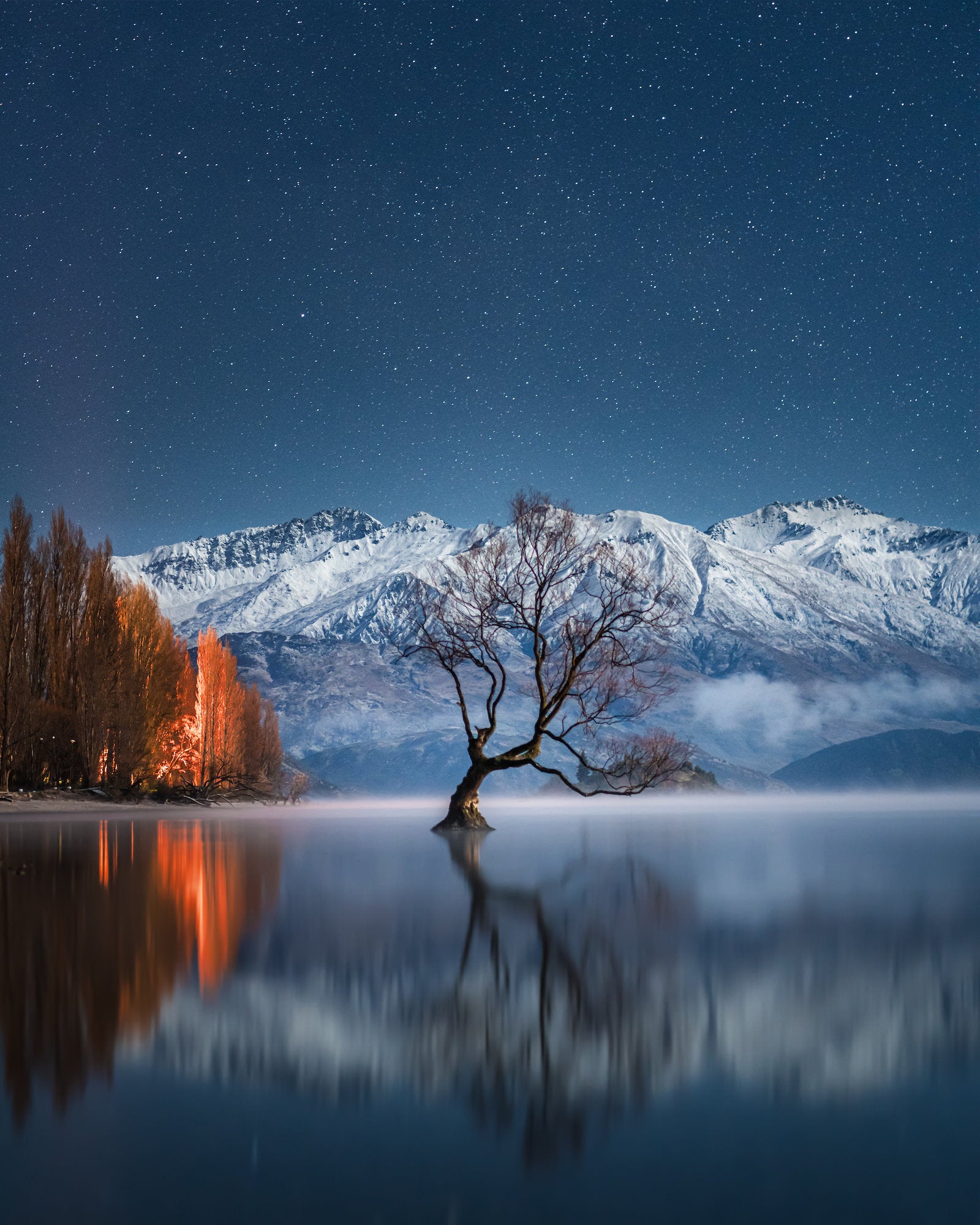
Photo by Mike Meyers. Sony Alpha 1. Sony 85mm f/1.8. 1/800-sec., f/2, ISO 100
Sony Alpha 7R IV: This was my main body from late 2019 until I picked up the Alpha 1, and I still love it. The resolution from that 61MP sensor is nothing short of crazy, and it’s the reason I have it in my bag as my second camera. I mainly use it for timelapses these days – the bigger resolution lets me punch in even more on timelapse work without any degradation or pixelation, which gives me a lot more flexibility and creative freedom when it comes to the end product. I’ll also occasionally use it for landscapes for the resolution as well. I oftentimes find a “shot in a shot” while I’m editing, and the extra resolution means I can get away with a pretty extreme crop without missing any image quality.
Lenses
Sony 24-70mm f/2.8 G Master II: This lens was added to the bag the day it was released, and for good reason. I’ve been a longtime fan of the mark-I version, which I did my absolute best to wear out over the six years I had it. The mark II took everything I loved about the original and made it significantly better. The first thing I noticed was the size and weight difference – so much lighter and more compact. This lens NEVER gets left at home, so the lighter weight for every shoot is a big plus. It’s also even sharper corner to corner and has performed excellently since the first snap. While that focal range may not be as “creative” as some other lenses, I so often find myself needing that lens that I could not imagine going anywhere without it.

Photo by Mike Meyers. Sony Alpha 1. Sony 24-70mm f/2.8 G Master II. 1/80-sec., f/9, ISO 100
Sony 70-200mm f/2.8 G Master II: If you’ve never shot at this focal range at f/2.8, you’re missing out. I know this because I never shot with the mark I version, and it wasn’t until last year that I picked this lens up and saw what it could do that I understood how many amazing shots I’d missed out on over the years. I love this lens most with a well-defined subject (like a lone pedestrian or a flower) at f/2.8 and toward the higher end of the focal range. The contrast between a super-sharp subject and a buttery-soft background gives these photos a look I can’t quite achieve with the other lenses in my bag. And while a lot of people might not think of this as a “landscape lens,” it really is. Super-wide vista shots are great, but being able to drill into some of the more interesting details in a cityscape or a natural landscape gives you the ability to create a number of compelling images from a single location.

Photo by Mike Meyers. Sony Alpha 1. Sony 70-200mm f/2.8 G Master II. 1/2000-sec., f/2.8, ISO 100
Sony 12-24mm f/2.8 G Master: When I first started shooting, I shot wide almost exclusively. And while I’ve migrated into longer focal lengths over the past few years, I will always have this lens with me. The G Master version was a significant upgrade from the f4 that used to be in my bag, and I’m really glad I made the switch. The sharpness is off the charts, end to end, even at 12mm and f/2.8, and I love the sunbursts it gets at the higher apertures – super clean. It’s a must for landscape and cityscape shots. In the city when you’re sometimes forced to operate in closed quarters and don’t have the freedom to back off a scene and fit it all into frame, this lens is super handy. I also love it for capturing strong foreground elements in landscapes and still fitting in a compelling scene behind it.
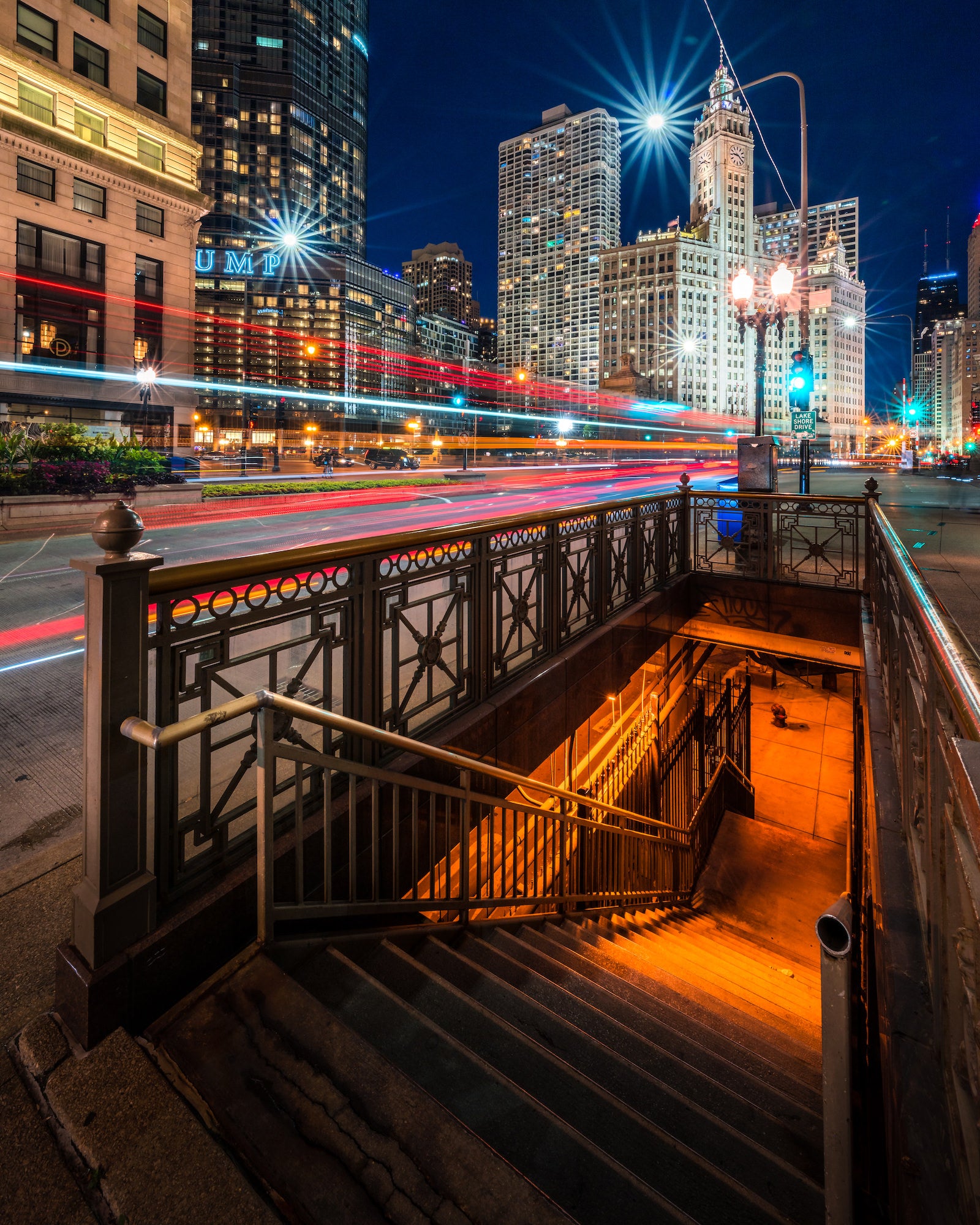
Photo by Mike Meyers. Sony Alpha 7R IV. Sony 12-24mm f/2.8 G Master. 6-sec., f/16, ISO 160
Sony 100-400mm f/4.5-5.6 G Master: I find myself using this lens more and more as time goes by. I’ve always loved alignment shots with the sun and moon, and if you want either to appear really large in the image, you need the reach this lens provides. Some of my favorite alignment shots and timelapses were taken with this lens. Like all of the G Master glass, everything is really sharp – I’m able to pull out crazy details from the surface of the moon that I didn’t think would be possible. It’s also perfect for compression shots—bringing huge distances into one frame to create some really compelling final images.
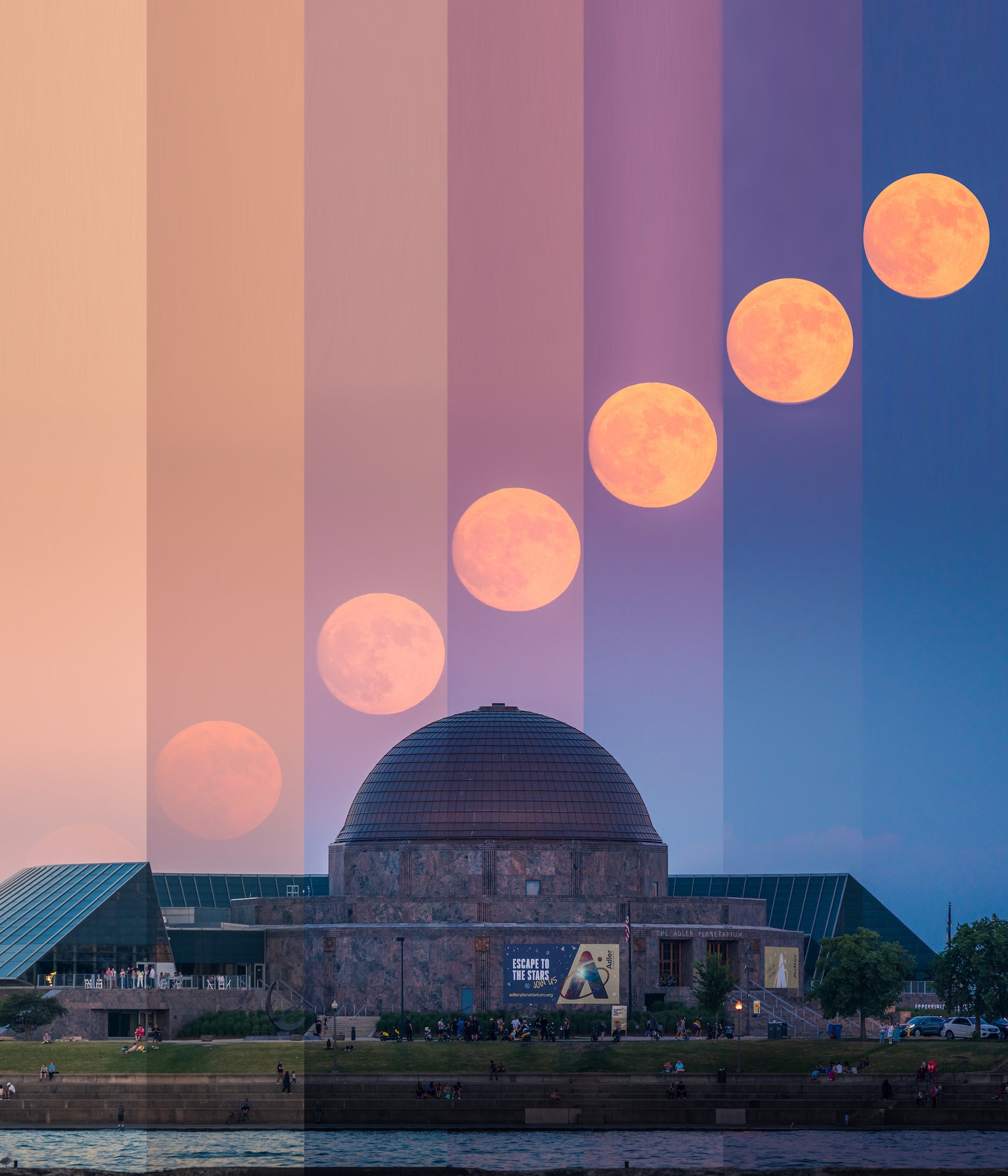
Composite photo by Mike Meyers. Sony Alpha 1. Sony 100-400mm f/4.5-5.6 G Master.
Sony 85mm f/1.8: I don’t do a ton of portrait work, but when I do, this is my lens of choice. Super compact and light, super sharp and I’ve always been really happy with the results. I’ve also used this one for low-light landscapes when I’ve needed the extra few stops I can get at f1.8 when I can’t afford to use longer shutter speeds. I’ve also found it’s a great lens for video to mix things up a bit.

Photo by Mike Meyers. Sony Alpha 7R III. Sony 85mm f/1.8. 15-sec., f/1.8, ISO 2000
Sony 1.4x Teleconverter: This gives me an extra 160mm reach on the top end of my 100-400mm lens, and it’s definitely worth having. I use it primarily when I’m photographing the moon (or an eclipse, etc.), but if I want an excessive level of compression, this is the perfect choice.

Photo by Mike Meyers. Sony Alpha 7R V. Sony 400mm f/2.8 G Master. 1/25-sec., f/4, ISO 1250
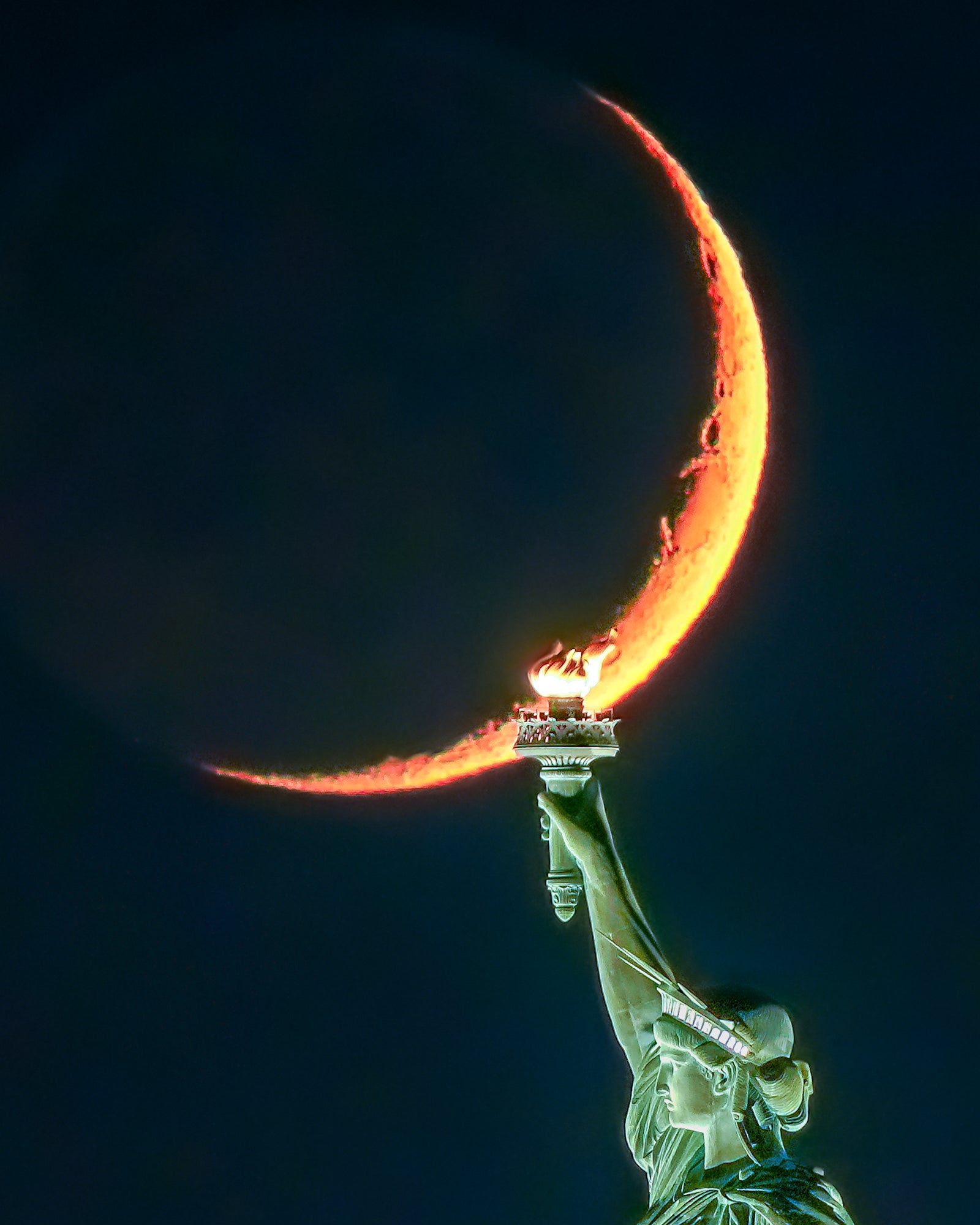
Photo by Mike Meyers. Sony Alpha 7R V. Sony 400mm f/2.8 G Master. 1/25-sec., f/4, ISO 1250
Accessories
Sony ECM-B10 Camera-Mount Digital Shotgun Mic: If you’re looking for a super-portable choice that’s a big step up in sound over the internal mic, this is it.
Sony LinkBuds S Noise Canceling Headphones: These are hands down the best headphones I’ve ever owned. Amazing sound, incredible noise-canceling performance and super compact. When I’m sitting around in the dead of night for three hours doing a timelapse, these save my sanity.
MeFoto Globetrotter Tripod: A pretty solid mix of portability and stability. I’ve beat this tripod up pretty good (sand, sea water, and a few drops on concrete) and it has held up surprisingly well. You can also flip the center column and hang your camera upside down from it to get extremely low-angle shots.
NiSi Filter System: Getting caught without a polarizer can really hurt the quality of certain shots, so I make sure to always pack this one. Really nice design and very high-quality glass.
Peak Design Wrist Strap: I’ve been using these since I started shooting. They’ve never failed, and I’m 100% certain I’d have dropped my camera several times without them.
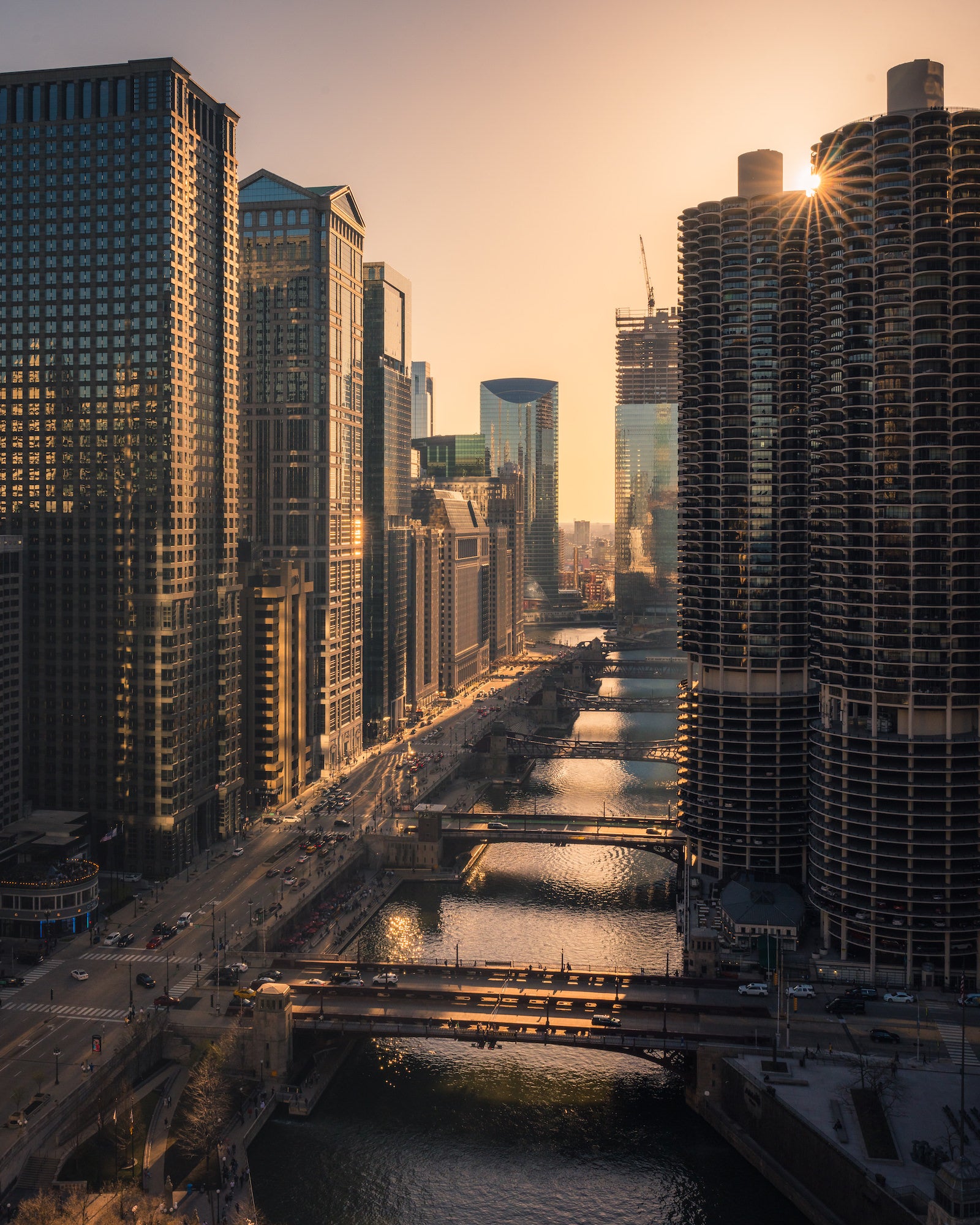
Photo by Mike Meyers. Sony Alpha 1. Sony 24-70mm f/2.8 G Master II. 1/200-sec., f/16, ISO 100
L-Bracket: When you shoot a lot with a tripod, being able to go from landscape to portrait mode really quickly is worth it.
Lens cloth, lens wipes and blower: We all know how much fun it is to spend hours cleaning up dust spots in Lightroom or Photoshop…but for those wanting to skip it...
Memory Cards: You can never have too many – especially if you’re like me and forget one in your computer, or didn’t dump your photos from the last time you shot and can’t afford to shoot over them, or insert any other reason here. These Sony Tough cards are my favorite to date – super fast and I’ve never had any issues with them.
Extra Sony Alpha 1/Alpha 7R IV Batteries: They hold their charge for a long time, but it never hurts to have a few extra in your kit.
Hand Sanitizer: Photography can be a dirty job – especially when it involves riding the train in Chicago or NYC…
Lowepro ProTactic BP 450 AW II: It’s a tight squeeze, but all this gear actually fits inside this medium-sized bag. I’m a big fan of the design – completely opens up in the back so all my gear is accessible. Rain-proof cover that neatly packs up on the underside of the bag. A top compartment for odds and ends I can get to without exposing my equipment. Attachments for a tripod and water bottle. No bag is perfect, but this one is pretty close.
See more of Mike Meyers’ work on Instagram @mmeyers76.
